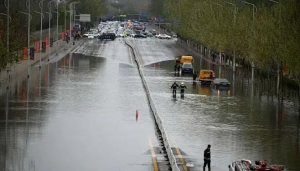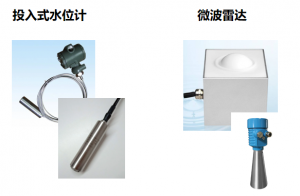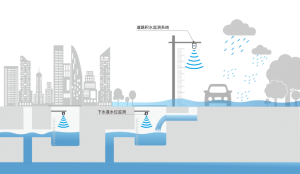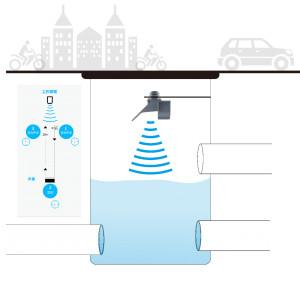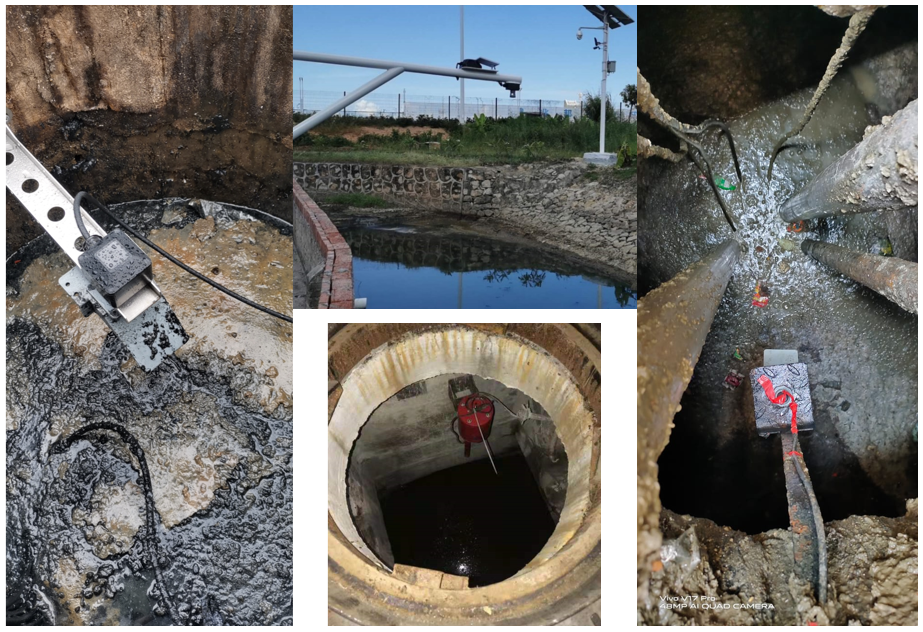With the acceleration of urbanization, urban water management is facing unprecedented challenges. As an important part of the urban drainage system, cellar well monitoring of water levels is crucial to preventing waterlogging and ensuring urban safety.
The traditional cellar water level monitoring method has many shortcomings, such as low measurement accuracy, poor real-time performance, and high maintenance costs. Therefore, the market has an increasingly urgent need for an efficient, accurate, and intelligent pit water level monitoring solution.
Currently, the products on the market for well water level monitoring mainly include input water level sensors, microwave radar sensors and ultrasonic sensors. However, the submersible water level gauge sensor is seriously affected by sediments/floating objects and has a high scrap rate; surface condensation during use of the microwave radar sensor is prone to misjudgment and is seriously affected by rainwater.
Ultrasonic sensors have gradually become the preferred solution for pit water level monitoring due to their advantages such as non-contact measurement, high accuracy, and high stability.
Although the ultrasonic sensors on the market are mature in application, they still have condensation problems. To address the condensation problem, our company has developed the DYP-A17 anti-corrosion probe and anti-condensation ultrasonic sensor, and its anti-condensation performance advantage exceeds 80% of ultrasonic sensors on the market. The sensor can also adjust the signal according to the environment to ensure stable measurement.
DYP-A17 ultrasonic ranging sensor emits ultrasonic pulses through the ultrasonic probe. It propagates to the water surface through the air. After reflection, it returns to the ultrasonic probe through the air. It determines the actual distance between the water surface and the probe by calculating the time of ultrasonic emission and reception distanc.
Application case of DYP-A17 sensor in water level monitoring in pits!
Post time: Aug-28-2024

